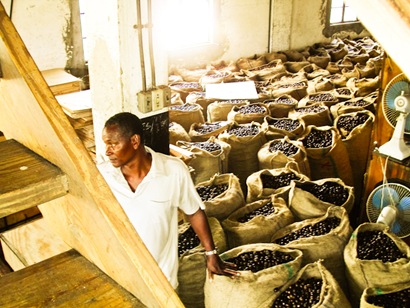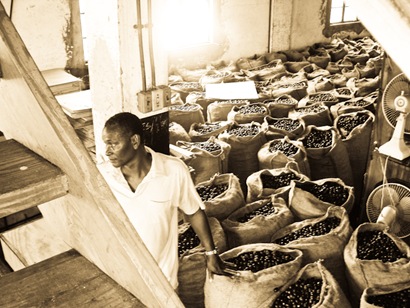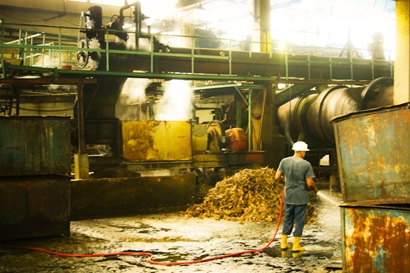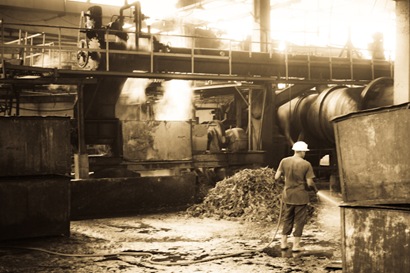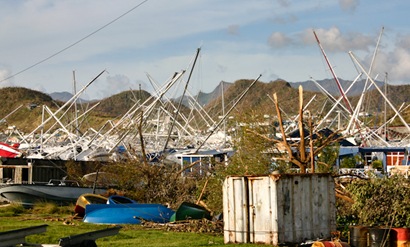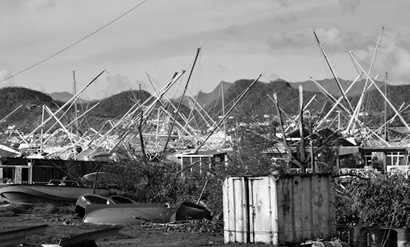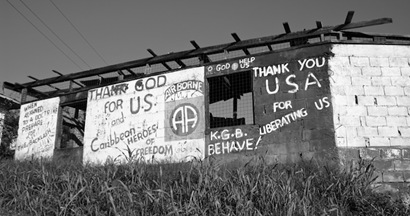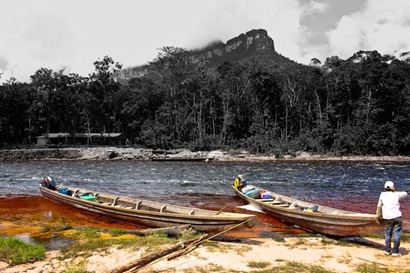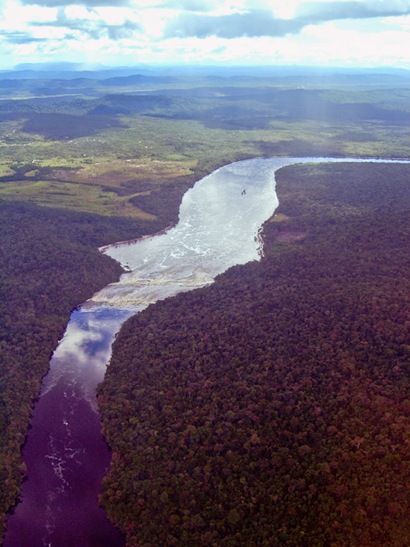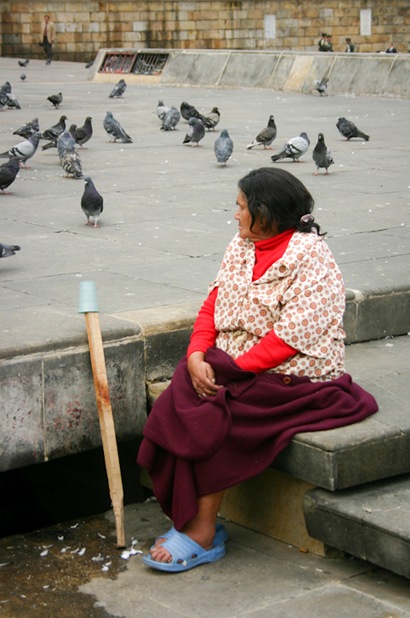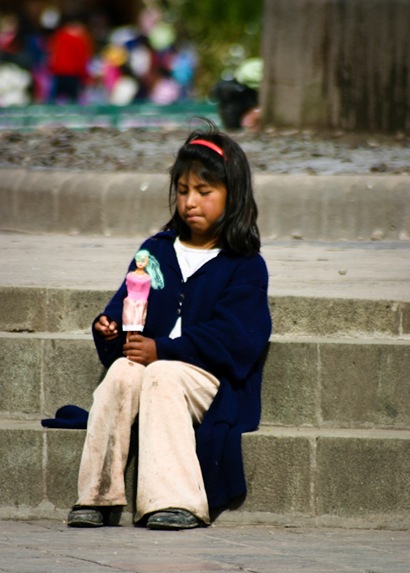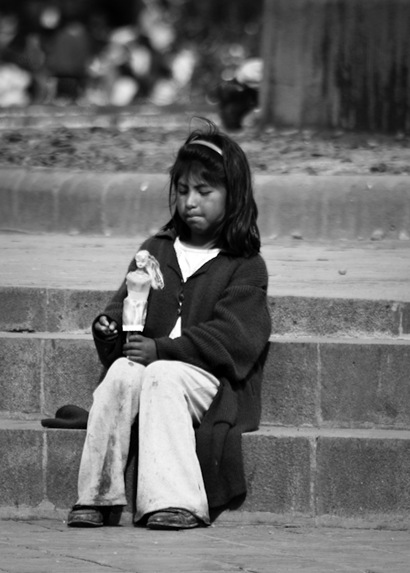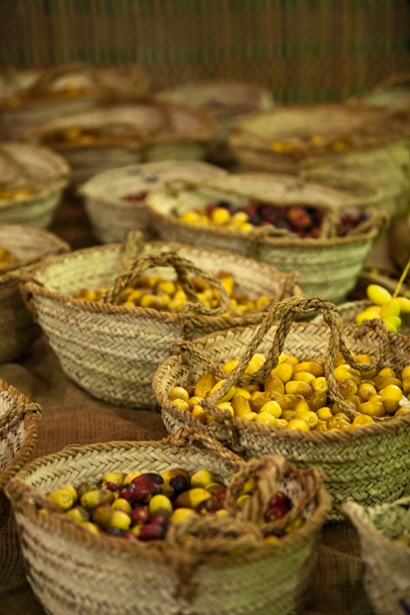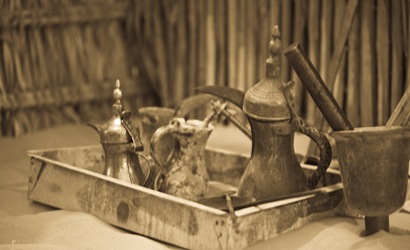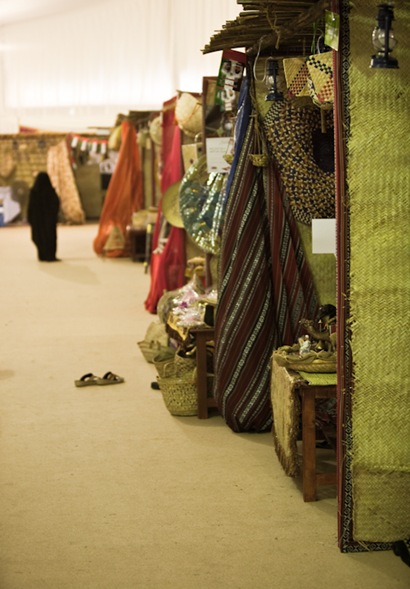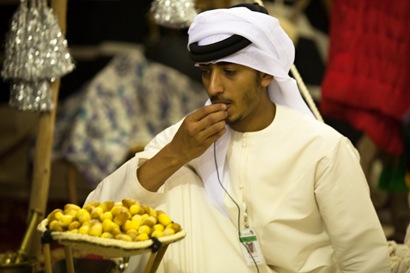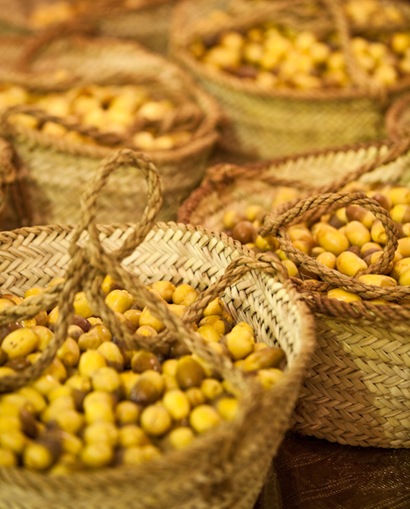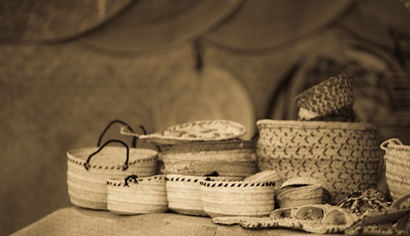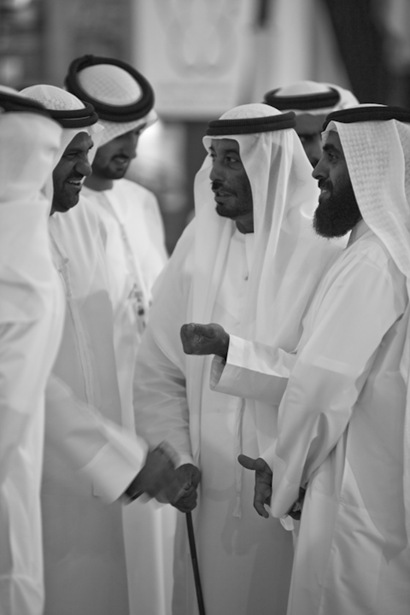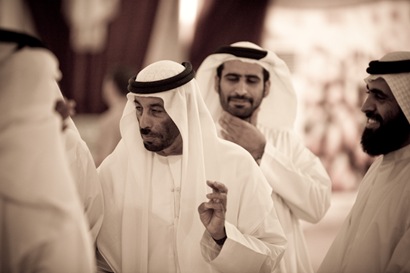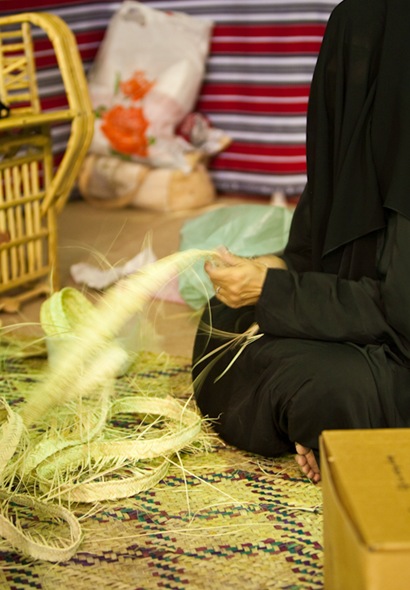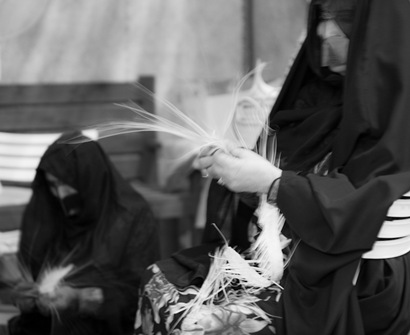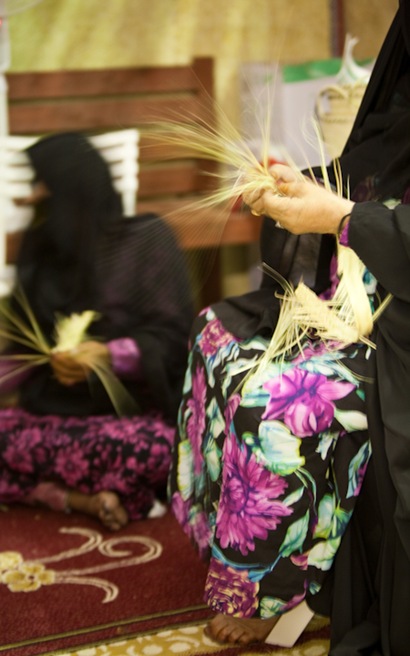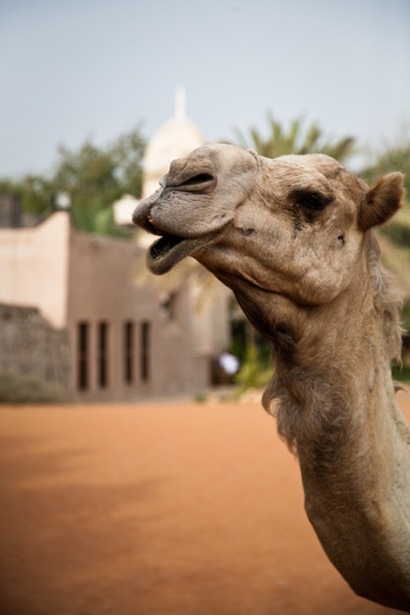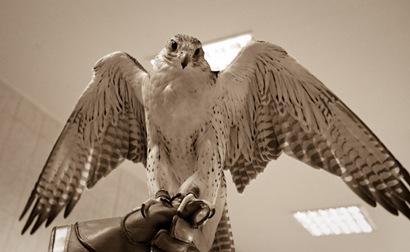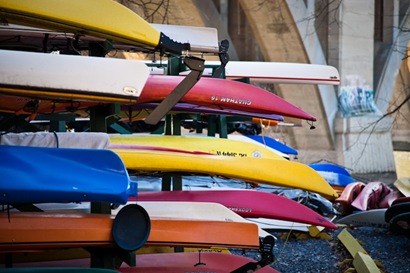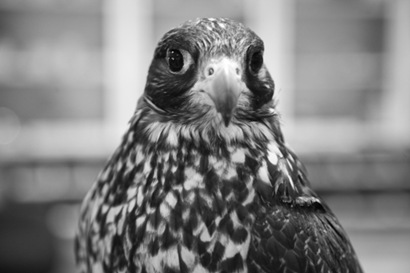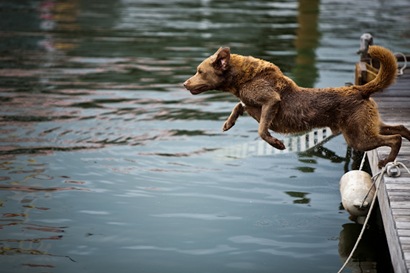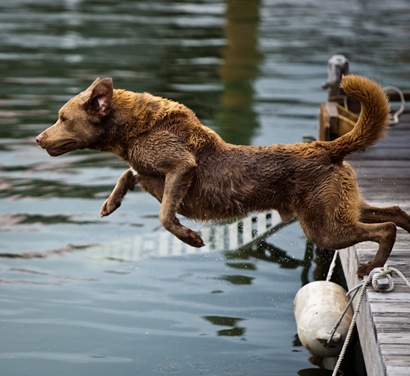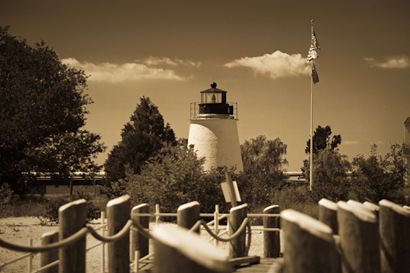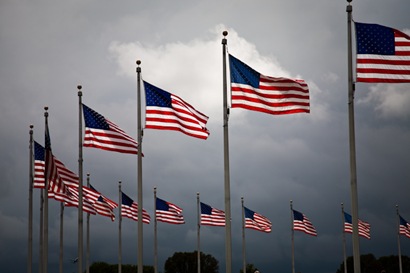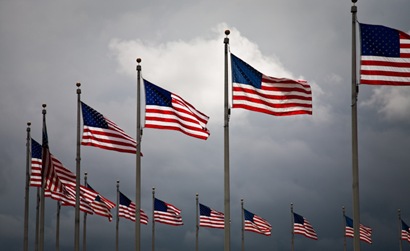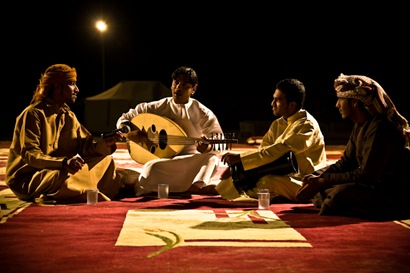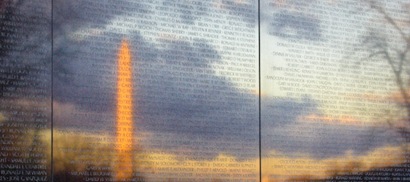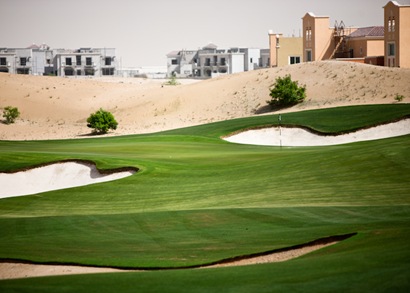
I am frequently asked about the “best” way to improve your photography. The list of approaches for improving your photography skills is long:
- Study great photographs
- Attend seminars and workshops
- Read books (any book would be fine, but try one on photography)
- Take a course (photography would be good, but for the love of Pete, get off the couch and get an education)
- Read the entire web (ok, just the photography stuff).
- Understand your equipment and what it can do.
- Don’t read magazines…look at the pictures (like you want to do anyway!)
- Shoot in RAW (but keep your clothes on)
- Get a coach
- Study art and understand the principles of composition
- Use good processing software
- Take the flash off the camera (see www.strobist.blogspot.com)
- Fill the Frame
- Don’t be afraid of cropping!
- Commit to submitting your work to contests
- Challenge yourself to take difficult shots
- Plan your photography…go with a purpose!
- Think in themes.
- Shoot dawn and dusk
- Ask friends and other photographers to critique your work
- Find a new angle
- Stop thinking!
- Lay down
- Climb something
- When you find what you want to shoot, turnaround and shoot the other direction.
- Yada, yada, yada…

In my opinion, this list supplies a strong group of approaches, strategies and tactics one could employ to improve your photography. However, the number one method is missing. Shoot. Shoot a lot. Take your camera with you everywhere and use it! Commit to shooting every day (or week, or whatever best fits your lifestyle…but commit to shooting regularly). Shoot in the morning. Shoot during the day. Shoot at night. Shoot. Shoot. Shoot.
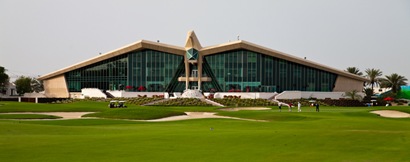
I enjoy golf. Ok, I am completely addicted to golf (the photos for this post should be a hint). Each season I set goals – what do I want to achieve this year? Not surprisingly, I found the only way to improve my game is to practice, and practice a lot. I would be fooling myself if I were to set challenging goals and followed up by golfing once every other weekend. If you pick up your camera once a month, can you really expect to get better?
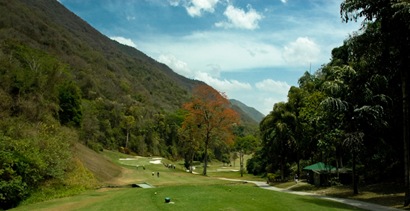
And here is the good news: Unlike the days of film, shooting digital is cheap! You can shoot all day long, evaluate your results, learn something from what you have done, and spend little more than the wine you drink while admiring your progress!
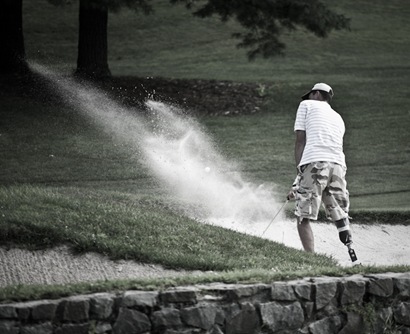
As with everything, there is a catch. In this case, the catch is storage. As you commit to shooting every third day, you will accumulate a tremendous number of photographs which require a good deal of storage. Using my Canon 5D, I produce finished photography between 10 and 15 megs per file. With files this size and larger, you begin to run short on drive space quickly. Additionally, you want to make sure your hard work is safe and secure.
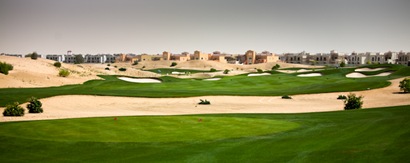
There are many viable storage options on the market. I chose Drobo (www.drobo.com). The Drobo is a rack system (very sleek and attractive case) that has four bays for drives and a management system that provides a high level of security for your data. The beauty of this system is that you can use any size drives you want (I currently have four 2 terrabyte drives), the drives do not need to be matched sizes, and the Drobo incorporates internal redundancy and system health monitoring. In simple terms, if a drive fails, just pull it out and put in a new one. Your data was duplicated in other areas of the remaining drives, and you have lost nothing. Magic!
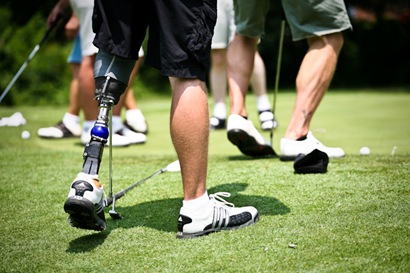
If your hard drive is filling up, or you worry about loosing some of your favorite photographs, I highly recommend the Drobo as an extremely capable, secure, easy , and carefree way to store your data. (This blog is not sponsored or supported by Drobo…but I am listening! Honestly, I simply love the product and could not make a stronger recommendation.)
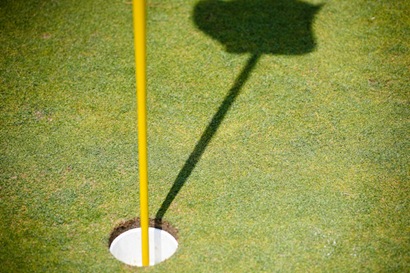
If you want to improve your golf game, go play golf, go to the range, chase balls around the putting green and dig your way out of the practice bunkers. You have to hit the ball.
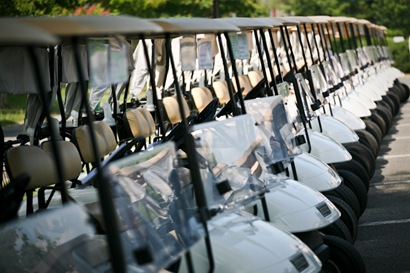
If you want to improve your photography, pick up your camera and press the shutter release…many, many, many times.
Go make some great photography!
Craig

